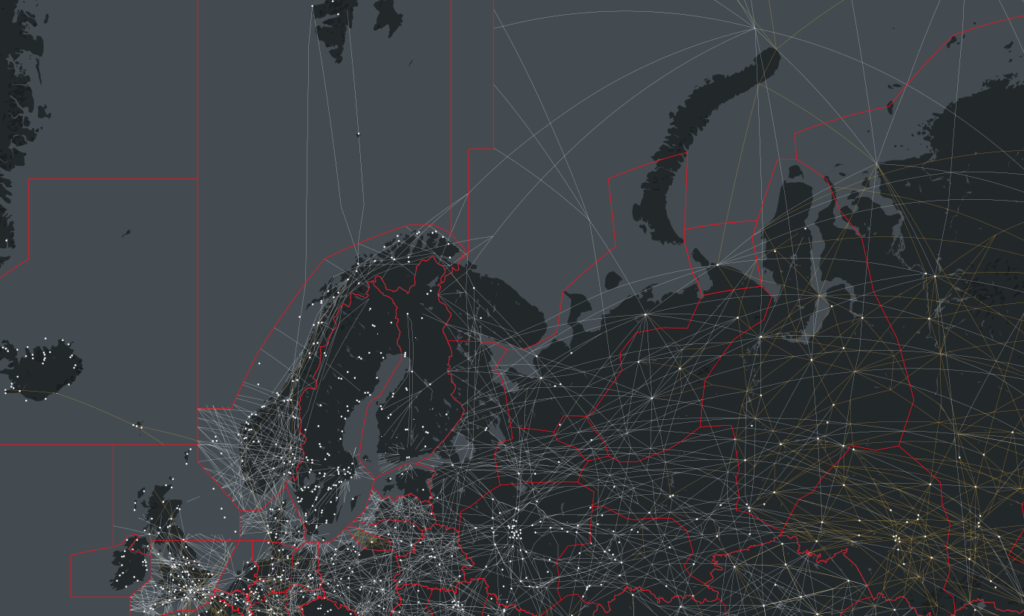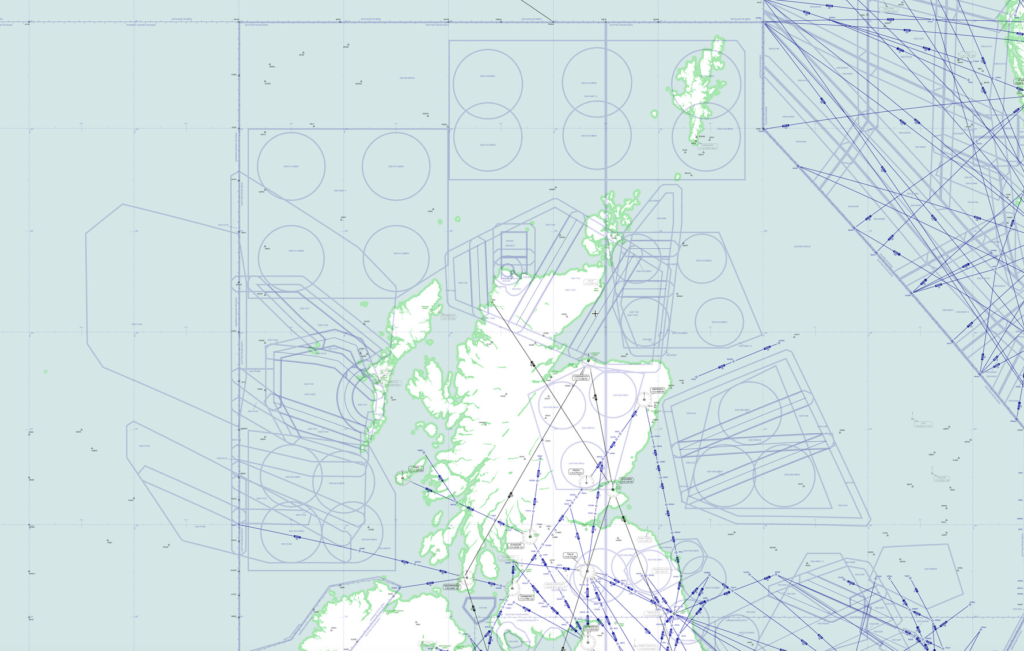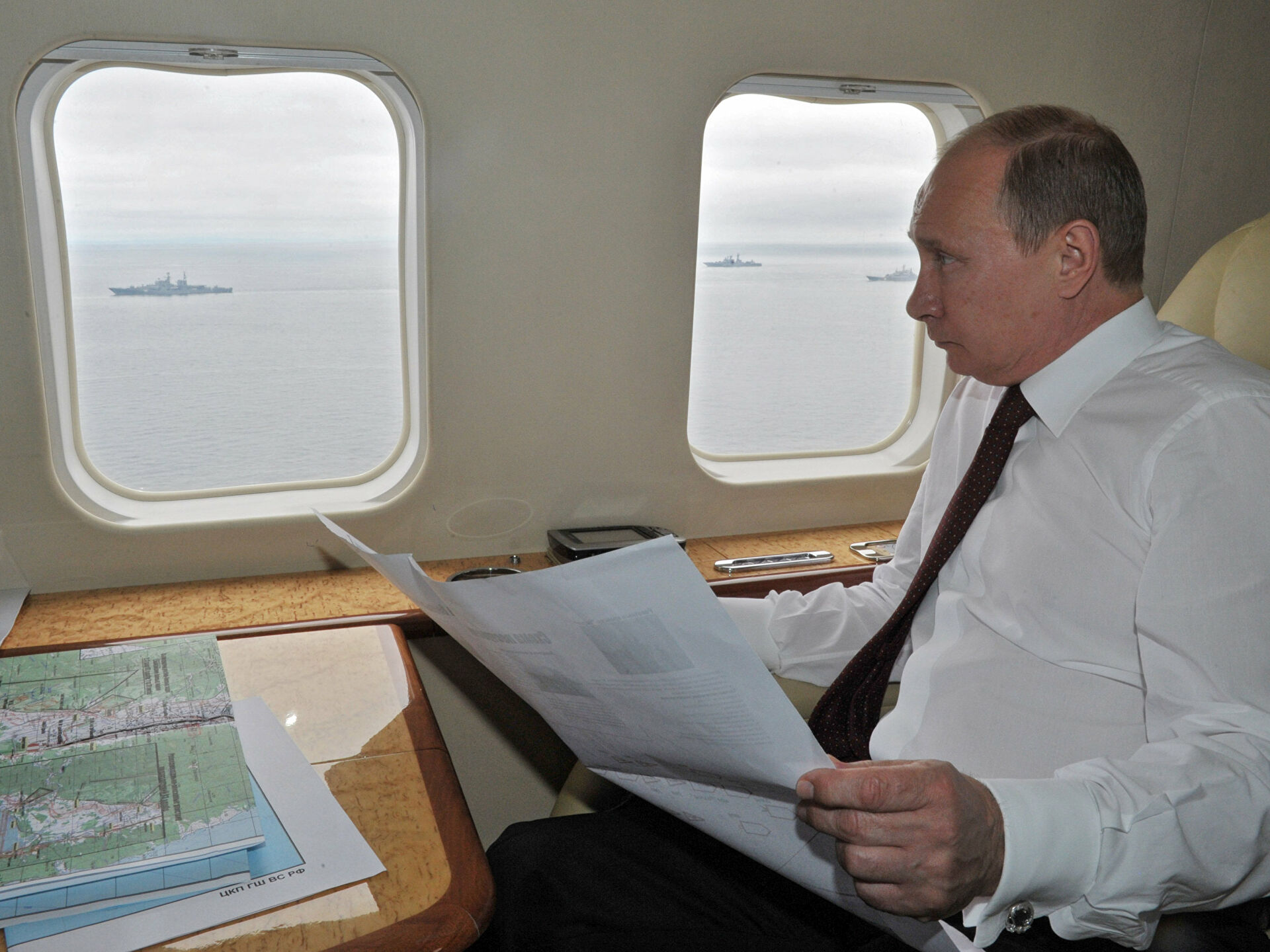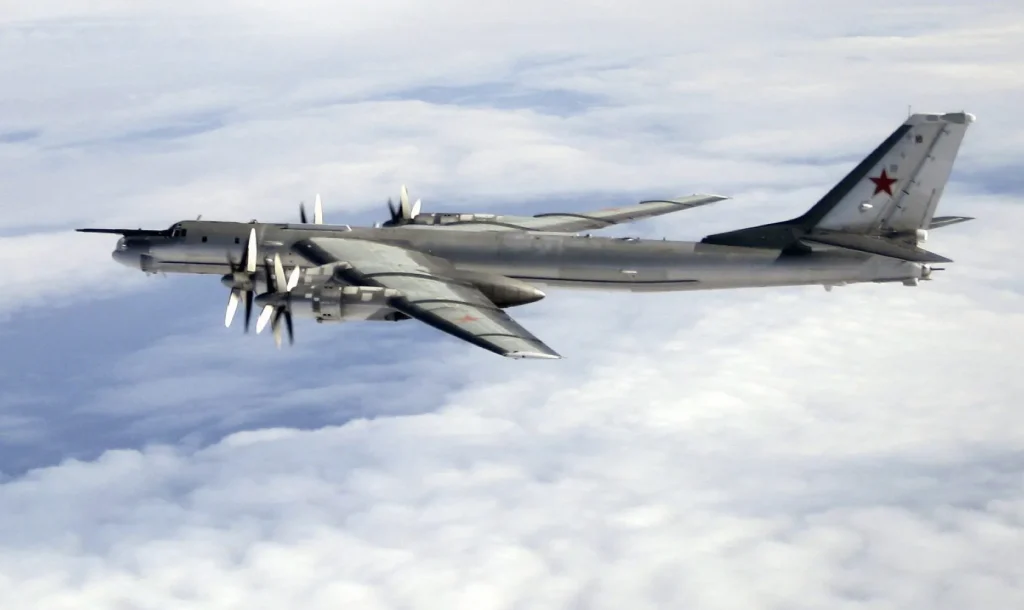Russia have sent four TU-95 “Bear” bomber aircraft towards UK airspace two days in a row, resulting in “Quick Reaction Alert” missions by RAF Typhoon fighters to intercept and prevent any incursions.
They were of course escorted away without further incident, but these are not a one-off occurrences. Aside from the obvious posturing, do these events pose any actual threat or hazard to civilian operations?
What is a Quick Reaction Alert?
Countries sometimes like to send aircraft towards airspace they should not head towards. They generally do so without contact with ATC, and without squawks. These aren’t “aggressive” incursions but more tests of NATO response times.
When “unidentified” aircraft are spotted, the RAF scrambles fighters, usually from EGQS/RAF Lossiemouth and often back up by a taker from Brize Norton to go tell ‘em off and to “preserve the security of Alliance airspace”.
QRAs are not uncommon, and with mounting tensions in eastern Europe the frequency of these seems to be increasing.

EGQS is the primary QRA base for the UK.
Which areas of the UK are affected?
The Russian aircraft do not actually enter UK sovereign airspace – that’s the bit above the country which extends 12nm out across their territorial waters. They do incur on airspace that falls under the ‘UK area of interest’ though – areas controlled by the UK ATC – particularly the EGGX/Shanwick and EGPX/Scottish FIRs.
The airspace where these incursions take place are not generally utilised much by civilian traffic, but is of security and political interest because it is the airspace between countries such as Russia and the UK.

Airspace above the UK, Norway and linking Russia are “areas of interest”.
When else has it happened?
At the same time as the first UK incursion in Feb 2022, Russian aircraft had also breached the airspace of Estonia, where a large number of British troops are currently based.
A similar incursion took place last November when Russia sent two TU-160 bombers towards the UK. There have been several hundred such events into UK and Irish airspace over the decades where tensions with Russia have been heightened.
In March 2021, NATO saw a peak of incursions, at one point aircraft scrambled 10 times in a 6 hour period across several regions including the UK, Norwegian coast and over the Black Sea.
The US Air Force suggested over 60 intercepts took place in 2020, with many more monitored but not intercepted, around the Alaskan ADIZ region.
A threat to safety, or just Putin on a show?
There appears to be no intent from the Russian side to do anything more than provoke a reaction, and to test the reaction from NATO defences.
The threats and risks to civilian aircraft are therefore more along the following lines (with some mitigation strategies to help):
- Unidentified aircraft in international airspace –
- The aircraft are not on ATC frequencies and do not squawk
- They do generally remain over areas with limited civilian traffic
- Monitor TCAS carefully
- Follow ATC instructions closely to avoid conflict with UK military QRA traffic.
- Sudden activation of military zones –
- Temporary danger areas and prohibited areas should be checked via notams
- Avoid accidental detours due weather or other reasons into these.
- Failure to check in with ATC may be treated with more seriousness due current tensions –
- Maintain a good listening watch on frequency and on 121.5
- Ensure you are familiar with Loss of Comms and Interception procedures
- We wrote about Interceptions here, but consult the AIP for countries you are operating in.

Monitor UK prohibited, restricted and danger areas for activation.
What are the “laws” on flying into other airspace?
“Cujus est solum ejus est usque ad coelum et ad inferos”
Which means, for aviation purposes, that “Airspace is now generally accepted as an appurtenance of the subjacent territory and shares the latter’s legal status”.
Which has a lot of tongue twisting words and basically means “the air over your land and up to space is yours.”
This is written in the 1944 Chicago Convention, with the 1958 Geneva Convention going into a bit more detail about what that means. The Chicago Convention also contains the 5 ‘Freedoms of the Air’ which apply to scheduled air service and what have you.
All this is a little less applicable to military aircraft though for obvious reasons.
Fly a military aircraft into Sovereign Airspace and that is going to be seen as an act of aggression. Fly it into airspace controlled by, but not sovereign to a country, and it might not quite be an act of aggression but it is definitely a breach of procedures – in this case, because they failed to adhere to ATC and squawk regulations amongst other things.
More reading:
- Latest: Crossing the Quiet South: From Australia to Argentina
- Latest: Major runway shutdowns ahead at KVNY/Van Nuys
- Latest: New FAA Airspace Warnings for Venezuela and Puerto Rico
- Safe Airspace: Risk Database
- Weekly Ops Bulletin: Subscribe
- Membership plans: Why join OPSGROUP?












 Get the famous weekly
Get the famous weekly 






“Fly a military aircraft into Sovereign Airspace and that is going to be seen as an act of aggression. Fly it into airspace controlled by, but not sovereign to a country, and it might not quite be an act of aggression but it is definitely a breach of procedures – in this case, because they failed to adhere to ATC and squawk regulations amongst other things.”
Although the text pertaining to sovereign airspace is correct, the rest of the paragraph is NOT true, state aircraft are under no obligation to “adhere to ATC and squawk regulations amongst other things”. It would of course be nice if they did – but regardless of whether they belong to NATO countries or our “enemies” they regrettably tend not to. No “breach of procedures” occurs when they invoke their right according to the convention.
To refresh your memory, here is Article 3 of the Chicago Convention:
A) This Convention shall be applicable only to civil aircraft and shall not be applicable to state aircraft.
B) Aircraft used in military, customs and police services shall be deemed to be state aircraft.
C) No state aircraft of a contracting State shall fly over the territory of another State or land thereon without authorization – by special agreement or otherwise, and in accordance with the terms thereof.
It has regrettably become the norm to speak of “airspace violations” when foreign state aircraft penetrate self-declared (and often undocumented) volumes of high seas airspace deemed to “belong” to the country in question. This is rubbish. Genuine violations of sovereign airspace should (and hopefully would) result in weapons being fired ….
Same story over Black Sea – intensive NATO flying which caused a couple of incidents when civilian aircraft was forced to change their routes by ATC.
A lot of closed airspace around the world (and more prohibited by company policies)
A lot of GNSS jams – even not introduced by NOTAM
A lot of airspace closure in Europe every day.
There is no safe airspace for civilian aircrafts at all. And this is very sad story.